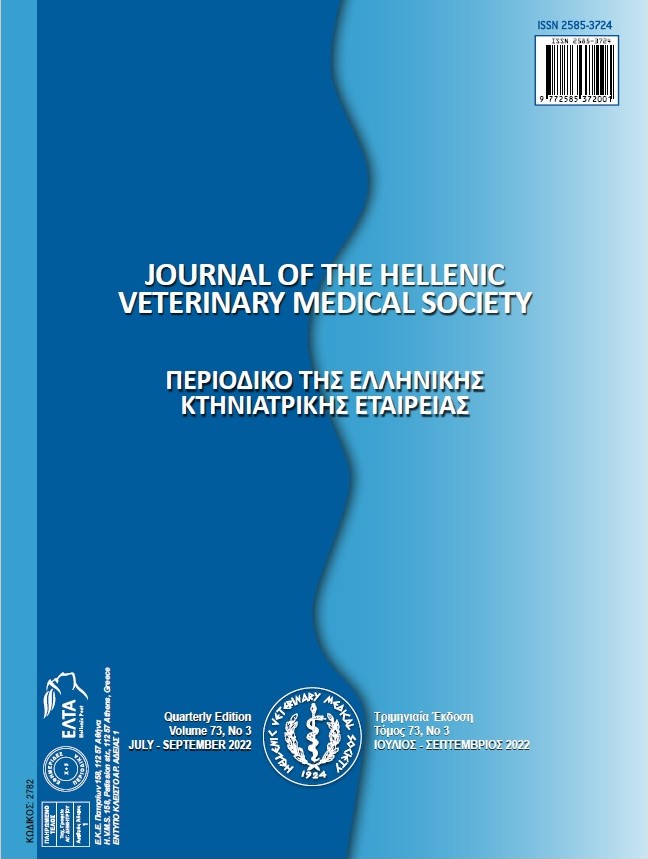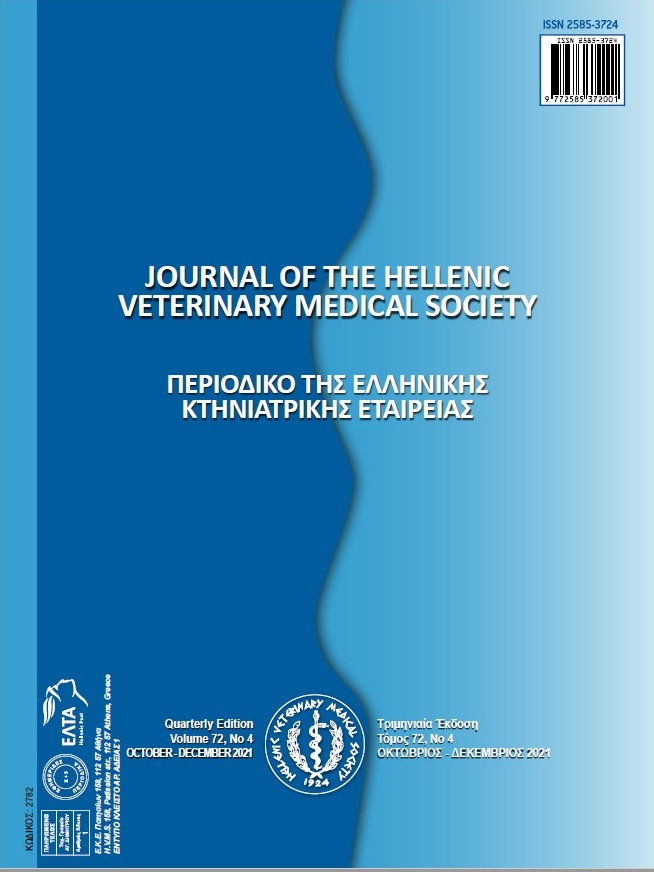The Effect of Organic Copper Levels in Breeding Japanese Quail (Coturnix coturnix Japonica) Diets on Performance, Egg Quality, Incubation Parameters and Blood Parameters

Abstract
This study was conducted to determine the effect of different levels of organic copper (organic Cu) supplementation on performance, egg quality, serum parameters and incubation characteristics in Japanese quail diets. 120 Japanese breeder quails of 7 weeks old were used in the study and lasted 84 days. Four diets containing different levels of organic copper (0, 75, 150 and 225 mg/kg) were used in the study. The study was a random design consisting of 20 subgroups with 5 replicates, and 4 females and 2 males were used in each subgroup. As a result of this study, final body weight and body weight gain in Japanese quails was significantly lower in the 75 and 150 mg/kg organic copper groups than in the groups containing 0 and 225 mg/kg copper (p<0.01; p<0.05). Egg production, egg weight, egg mass, feed intake and feed conversion ratio were not affected by dietary copper levels (p>0.05). Eggshell thickness and eggshell ratio were significantly higher in the groups containing 150 and 225 mg/kg organic copper than the control and 75 mg/kg organic copper groups (p<0.05). Serum cholesterol level was significantly lower in 75 and 150 mg/kg copper groups compared to other groups (p<0.05). Serum albumin, globulin and total protein levels were significantly lower in the 75 and 150 mg/kg copper groups compared to the control group (p<0.01). Serum albumin and total protein concentrations were significantly higher in the 75 and 150 mg/kg copper groups than the other groups (p<0.01). The highest serum calcium (Ca) level was in the group containing 225 mg/kg copper (p<0.01). In the study, incubation parameters were not significantly affected by different copper levels in the diet. The results of the study showed that adding 150 mg/kg of organic Cu to quail diets can be effective in improving eggshell quality.
Article Details
- How to Cite
-
Cufadar, Y., Curabay, B., Gökmen, S., Bahtiyarca, Y., & Sevim, B. (2022). The Effect of Organic Copper Levels in Breeding Japanese Quail (Coturnix coturnix Japonica) Diets on Performance, Egg Quality, Incubation Parameters and Blood Parameters. Journal of the Hellenic Veterinary Medical Society, 73(3), 4619–4626. https://doi.org/10.12681/jhvms.28129
- Issue
- Vol. 73 No. 3 (2022)
- Section
- Research Articles

This work is licensed under a Creative Commons Attribution-NonCommercial 4.0 International License.
Authors who publish with this journal agree to the following terms:
· Authors retain copyright and grant the journal right of first publication with the work simultaneously licensed under a Creative Commons Attribution Non-Commercial License that allows others to share the work with an acknowledgement of the work's authorship and initial publication in this journal.
· Authors are able to enter into separate, additional contractual arrangements for the non-exclusive distribution of the journal's published version of the work (e.g. post it to an institutional repository or publish it in a book), with an acknowledgement of its initial publication in this journal.
· Authors are permitted and encouraged to post their work online (preferably in institutional repositories or on their website) prior to and during the submission process, as it can lead to productive exchanges, as well as earlier and greater citation of published work.




